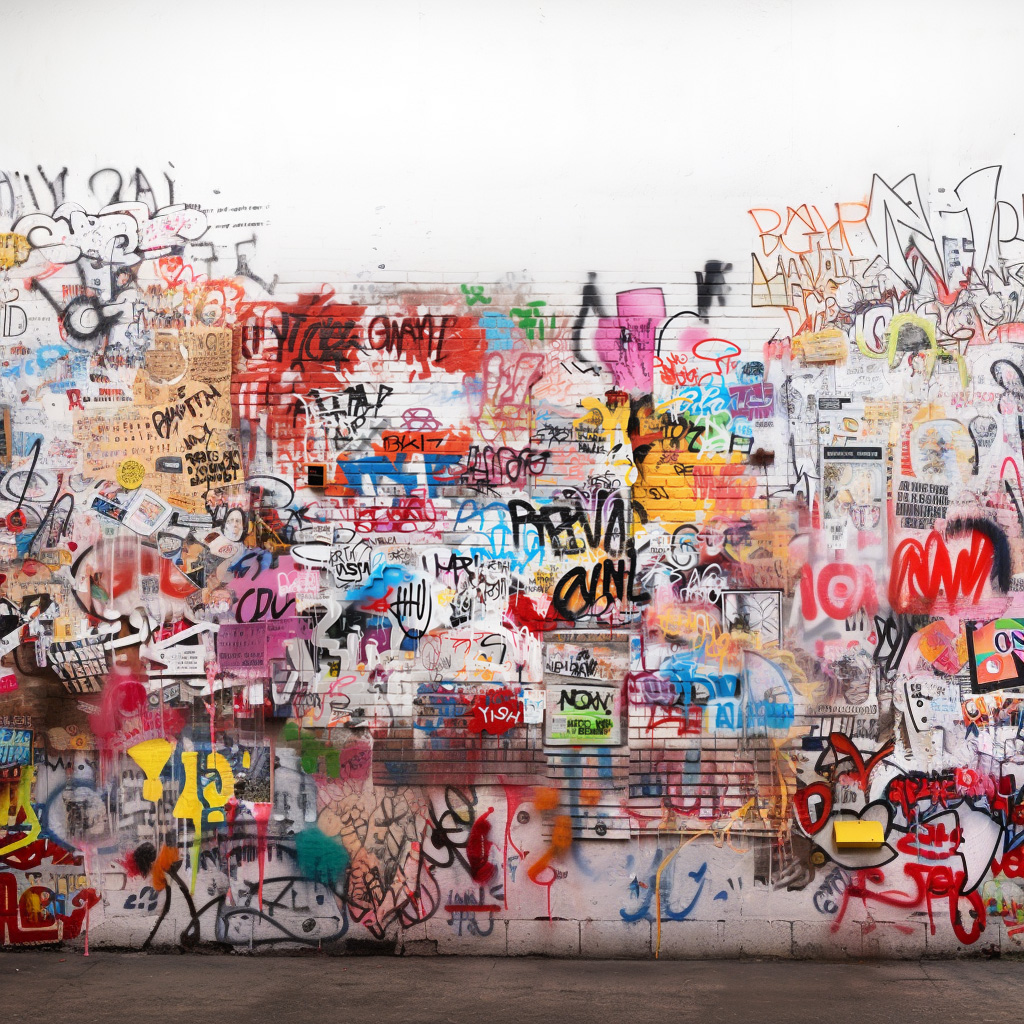The Goodness of Gray, the Holy Innocents, and the Kairos (Time) of God
It’s a gray day, one of those types where the clouds hang heavy and seem to block out all sunlight. Inside a cozy lamp-lit room, I am sitting in a circle of ministers training to be spiritual directors and practicing the art of listening. Around the circle, person after person tells a story from their life that is personal.
With each telling, I notice layers of transformation and transition; I hear about the wonder of discovery and the lightness of hope. A phrase comes to mind: the goodness of gray. I jot the words into my notebook and open my heart wide. Although this happened weeks before Advent, “the goodness of gray” remained a constant suggestion, a companion in the season of searching, longing and waiting.
We are people who long for simplicity, who often ache for clearly defined borders and lines. Even though we may know that complexity and conversion is healthy and natural, we are comfortable with what’s predictable, what we know, what feels safe.
There may have been times when answers were easy, when we knew what to expect. For some it was the patterns of childhood, the days of easy answers and comfort zones. For others, we found solace in the rituals of our religion or what was considered proper and polite. Our memories might be hazy, but nostalgia convinces that there was a time when much stood strong on solid ground. Elected leaders compromised. Polarities were unusual. Religious life was defined. Democracy was functional. Unity and peace were valued and Churches were places of refuge and calm.
Now, we don’t know about much. Nearly everything we are familiar with — from the structures of Church and society, to technology and the ecosystems sustaining us — seems to be in transition, in flux. What we forget, though, is that… [This is the beginning of an essay I wrote for Carl McColman’s blog at Patheos. Continue reading here.]




